
Find Help
More Items From Ergsy search
-

Are there different types of ADHD?
Relevance: 100%
-
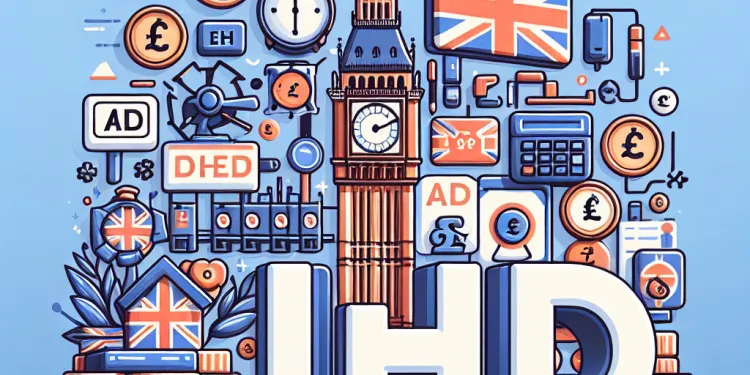
What is ADHD?
Relevance: 73%
-
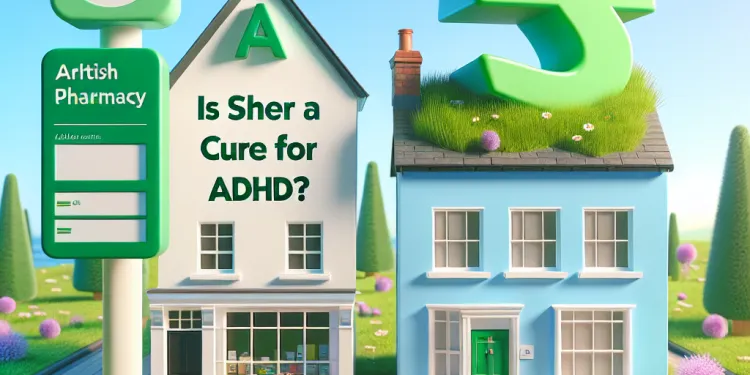
Is there a cure for ADHD?
Relevance: 70%
-

How is ADHD diagnosed?
Relevance: 69%
-
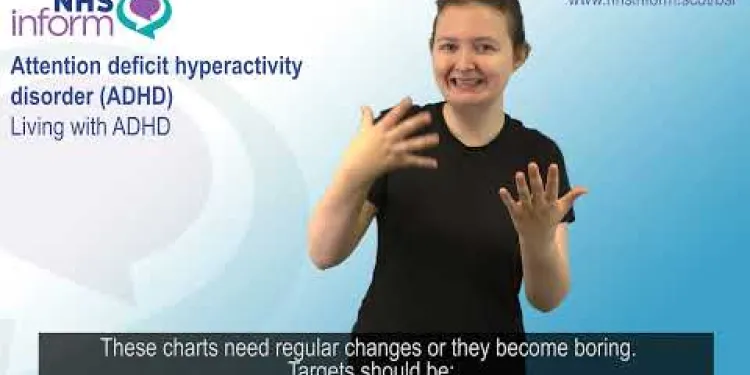
Attention deficit hyperactivity disorder (ADHD) - Living with ADHD
Relevance: 68%
-

Can ADHD be inherited?
Relevance: 67%
-

What causes ADHD?
Relevance: 67%
-
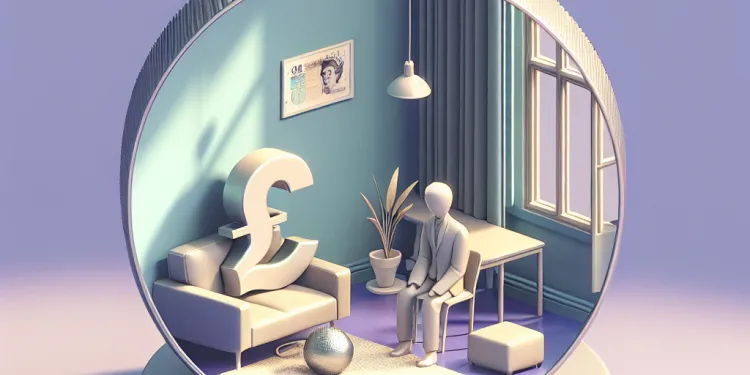
Can therapy help individuals with ADHD?
Relevance: 65%
-
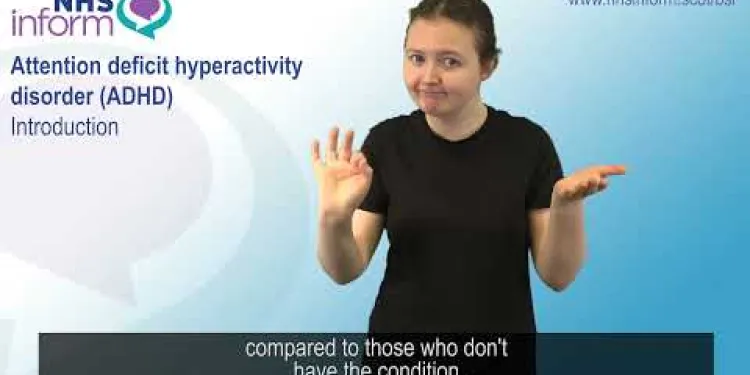
Attention deficit hyperactivity disorder (ADHD) - Introduction
Relevance: 65%
-
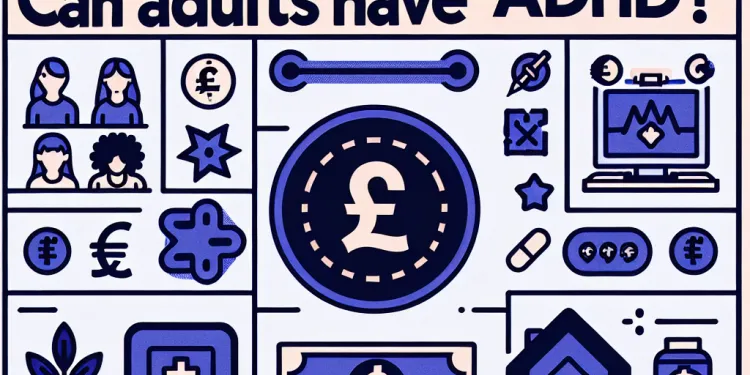
Can adults have ADHD?
Relevance: 64%
-

What are common treatments for ADHD?
Relevance: 64%
-

What are the main symptoms of ADHD?
Relevance: 63%
-
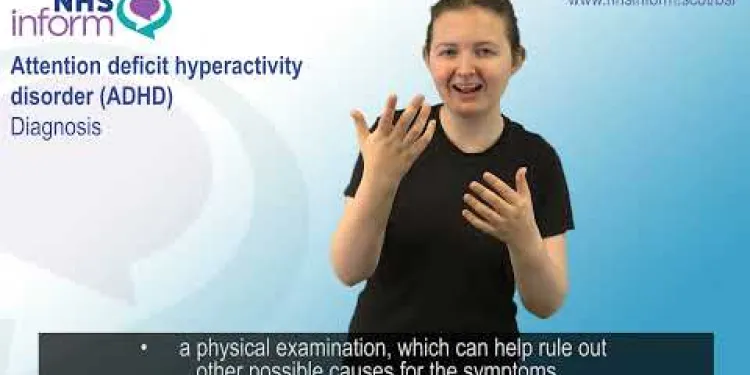
Attention deficit hyperactivity disorder (ADHD) - Diagnosis
Relevance: 63%
-
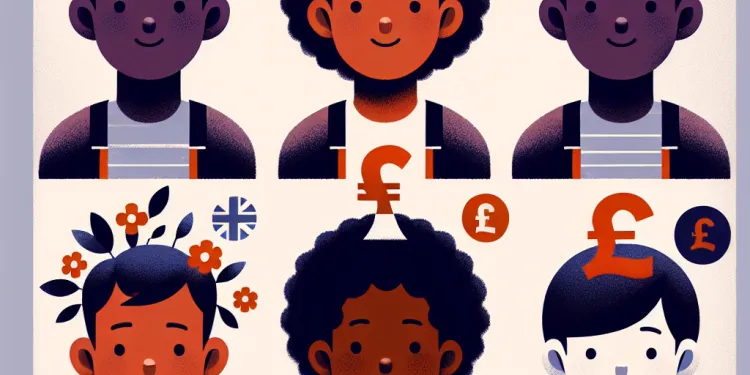
Is ADHD more common in boys or girls?
Relevance: 62%
-

Are there any risks associated with untreated ADHD?
Relevance: 62%
-
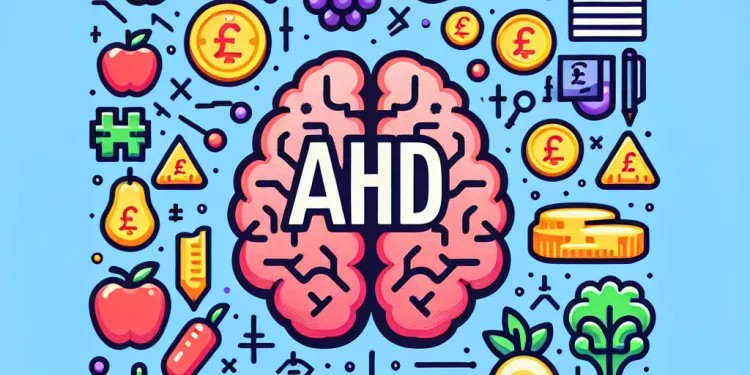
Can diet affect ADHD symptoms?
Relevance: 61%
-
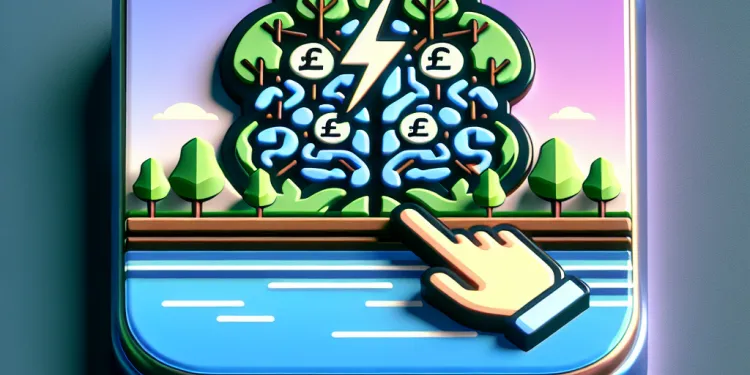
What role does the environment play in ADHD?
Relevance: 60%
-
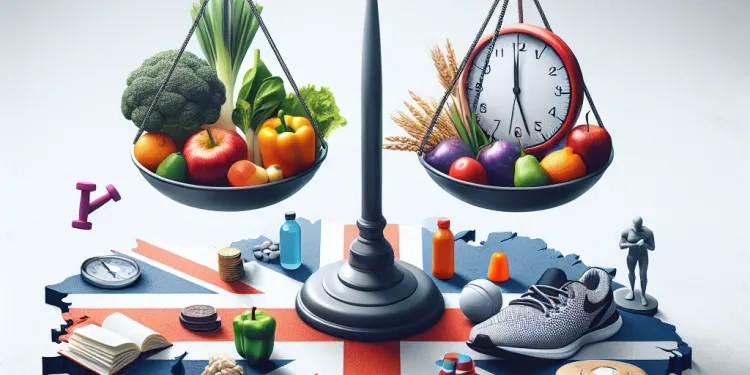
Can lifestyle changes help manage ADHD?
Relevance: 60%
-
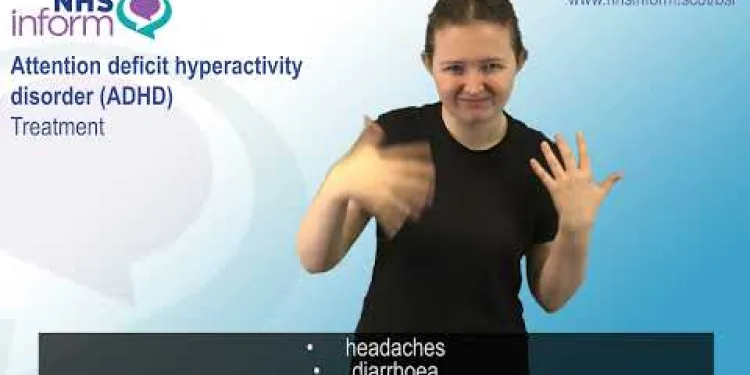
Attention deficit hyperactivity disorder (ADHD) - Treatment
Relevance: 60%
-
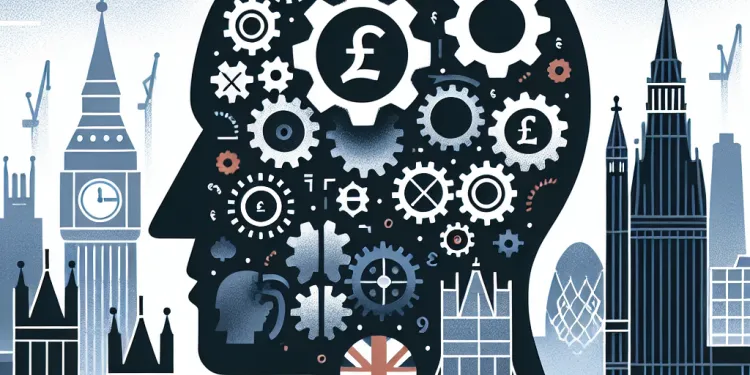
How does ADHD affect executive function?
Relevance: 60%
-
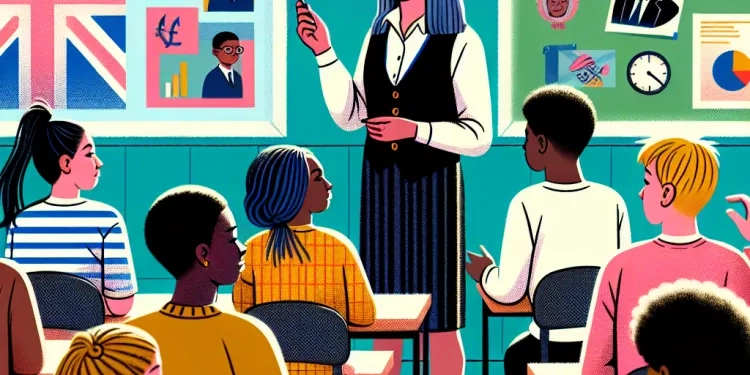
How can teachers support students with ADHD?
Relevance: 59%
-

What is ADHD?
Relevance: 55%
-

What are some common types of SEND?
Relevance: 51%
-

Can ADHD affect academic performance?
Relevance: 44%
-
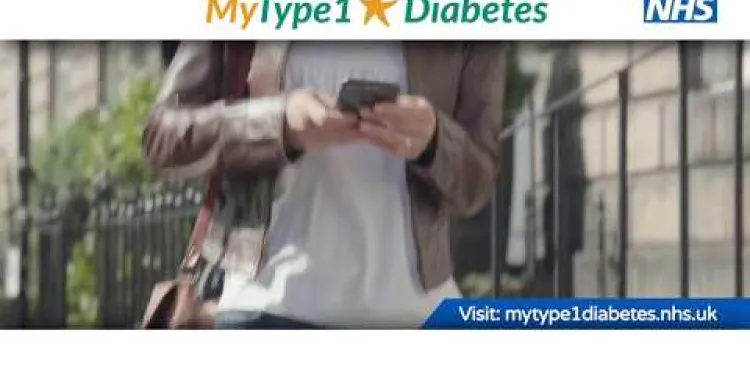
Type 1 Diabetes supporting adults to manage Type 1 diabetes
Relevance: 34%
-

Is Type 2 Diabetes hereditary?
Relevance: 34%
-
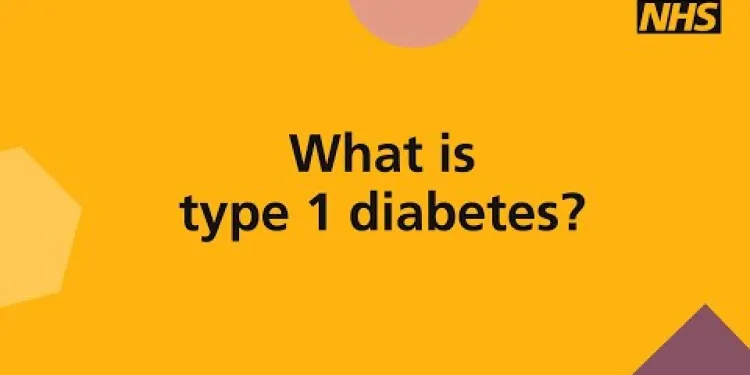
What is type 1 diabetes?
Relevance: 34%
-

Is Ozempic suitable for type 1 diabetes?
Relevance: 32%
-
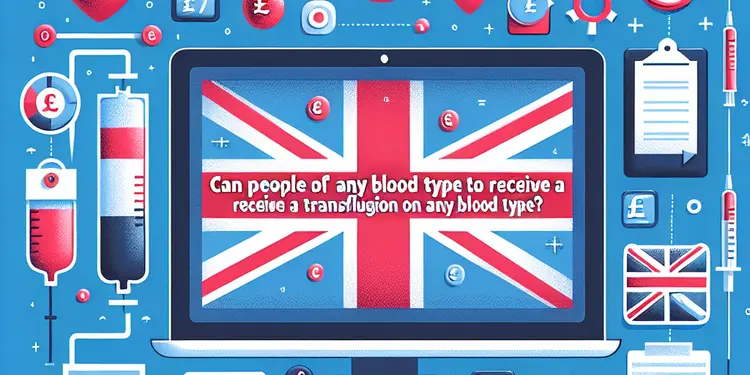
Can people of any blood type receive a transfusion of any blood type?
Relevance: 32%
-
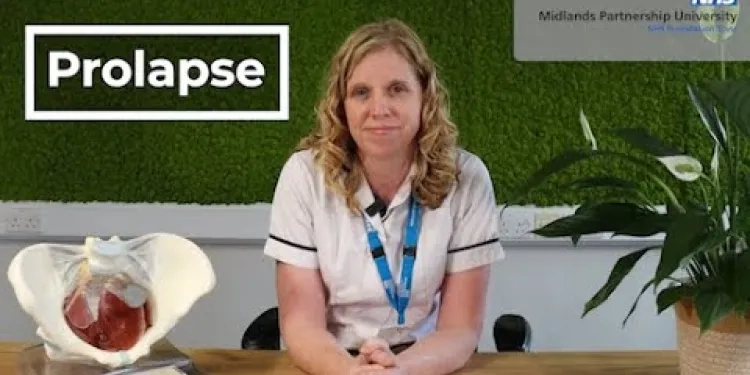
Prolapse Types and Tips
Relevance: 32%
-

Can Type 2 Diabetes go away?
Relevance: 31%
-

What causes Type 2 Diabetes?
Relevance: 31%
-

Can Type 2 Diabetes be prevented?
Relevance: 31%
-

What are the symptoms of Type 2 Diabetes?
Relevance: 31%
-
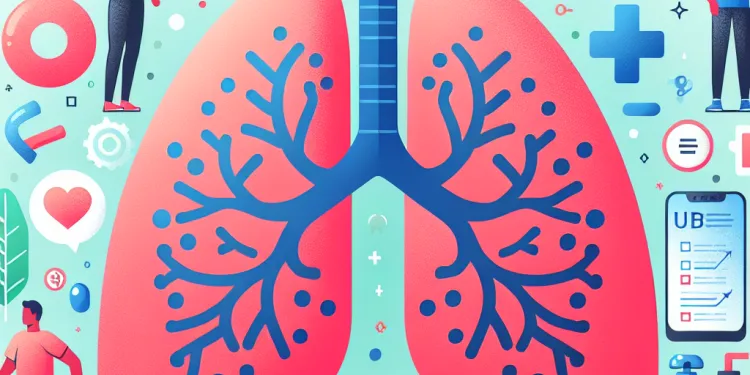
Are there different types of asthma?
Relevance: 31%
-
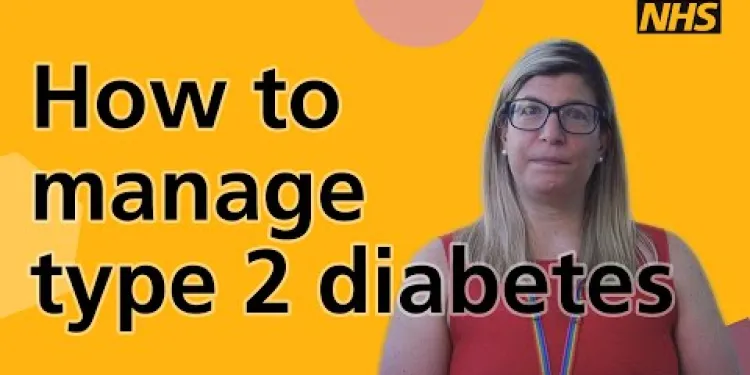
How to manage type 2 diabetes
Relevance: 31%
-
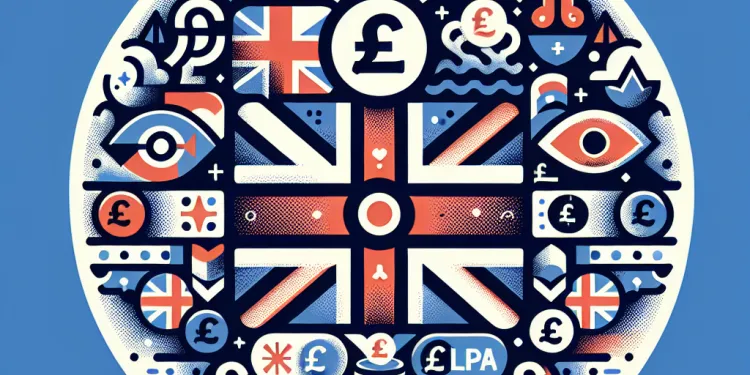
What are the types of LPA?
Relevance: 31%
-

How is Type 2 Diabetes diagnosed?
Relevance: 31%
-
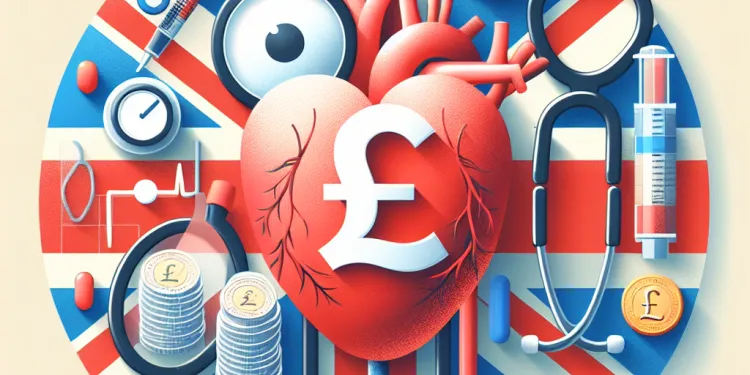
What are the types of thrombosis?
Relevance: 30%
-
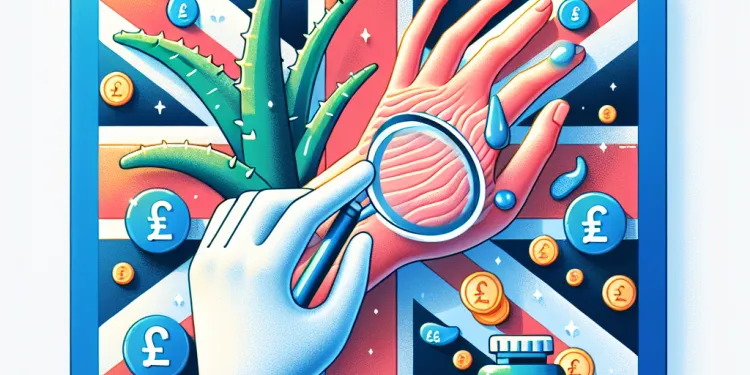
What are the main types of eczema?
Relevance: 30%
Understanding ADHD
Attention Deficit Hyperactivity Disorder (ADHD) is a common neurodevelopmental condition that affects both children and adults, impacting focus, impulse control, and activity levels. In the UK, ADHD is increasingly recognised and diagnosed, highlighting the importance of understanding its different manifestations. One key aspect in comprehending ADHD is recognising its various types, as they can present distinct challenges and require tailored treatment approaches.
Types of ADHD
ADHD is not a one-size-fits-all condition. The Diagnostic and Statistical Manual of Mental Disorders, Fifth Edition (DSM-5), identifies three main types of ADHD: Predominantly Inattentive Presentation, Predominantly Hyperactive-Impulsive Presentation, and Combined Presentation. Each type is characterised by distinct symptoms and behaviours.
Predominantly Inattentive Presentation
Individuals with Predominantly Inattentive Presentation ADHD often struggle with sustaining attention, following detailed instructions, and organising tasks and activities. This type is sometimes informally referred to as Attention Deficit Disorder (ADD), although this term is no longer officially used. Symptoms may include being easily distracted by extraneous stimuli, frequently losing things necessary for tasks, and appearing forgetful in daily activities. This form is more common in adults and girls, who may exhibit less hyperactivity than boys but still experience significant attention challenges.
Predominantly Hyperactive-Impulsive Presentation
The Predominantly Hyperactive-Impulsive Presentation is characterised by high levels of activity and impulsivity without the inattentiveness seen in the other types. Symptoms often include fidgeting, talking excessively, difficulty remaining seated, and frequently interrupting others. This type is more commonly diagnosed in children, especially boys, and can be easier to spot due to the overt behaviours associated with it. The symptoms can lead to difficulties in school settings and social environments, where sitting still and taking turns are often expected.
Combined Presentation
The Combined Presentation type of ADHD is the most prevalent and involves characteristics from both of the aforementioned categories. Individuals with this type exhibit both inattentive and hyperactive-impulsive symptoms. This combination can make it particularly challenging to manage daily activities, especially in structured environments such as classrooms or workplaces. Treatment plans for this type of ADHD often require a multifaceted approach, addressing both sets of symptoms to support better management and improved functioning.
Treatment and Support
Understanding the type of ADHD is crucial for providing effective support and treatment. The NHS and other organisations in the UK offer a variety of resources, including behavioural therapies, educational support, and, in some cases, medication. Early diagnosis and intervention are key to managing ADHD symptoms effectively and can lead to improved outcomes in both personal and academic settings. Engaging with healthcare professionals to tailor a treatment plan to the specific type and needs of the individual with ADHD can foster better management and overall wellbeing.
Understanding ADHD
ADHD stands for Attention Deficit Hyperactivity Disorder. It is a condition that affects the brain. People with ADHD have trouble paying attention, controlling impulses, and managing their energy levels. ADHD can affect children and adults. In the UK, more people are getting diagnosed with ADHD, so it's important to know about it. ADHD can be different for each person, so understanding the different types is important for treatment.
Types of ADHD
ADHD is not the same for everyone. There are three main types of ADHD. These are in a big book used by doctors called the DSM-5. The types are Predominantly Inattentive, Predominantly Hyperactive-Impulsive, and Combined Presentation. Each type has different symptoms and behaviors.
Predominantly Inattentive Presentation
People with Predominantly Inattentive ADHD have trouble paying attention. They might find it hard to follow instructions, keep things organized, or stay on track with tasks. They easily get distracted, lose things, and may seem forgetful. This type used to be called ADD. It is more common in adults and girls. Girls with this type might not be as hyperactive as boys, but they still have attention problems.
Predominantly Hyperactive-Impulsive Presentation
People with this type are very active and may act without thinking. They do not have the attention problems seen in the other types. Symptoms include moving a lot, talking a lot, not staying in one place, and interrupting others. This type is often seen in children, especially boys. It can be noticed easily because of the clear behaviors. It can cause problems in school and with friends because staying still and waiting is important in those places.
Combined Presentation
Combined Presentation means having symptoms of both inattentive and hyperactive-impulsive types. This is the most common type of ADHD. People with this type have both attention and activity problems. This can make everyday tasks and school or work hard to manage. Treatment for this type often needs different strategies to help with both symptoms.
Treatment and Support
Knowing the type of ADHD helps in giving the right support and treatment. The NHS and other groups in the UK provide help like behavioral therapy, help in school, and sometimes medicine. Finding out about ADHD early and starting treatment can make a big difference. Working with doctors to create a plan for the person's type of ADHD can help them feel better and do better in life.
Frequently Asked Questions
What is ADHD?
ADHD stands for Attention-Deficit/Hyperactivity Disorder, a neurodevelopmental disorder characterized by inattention, hyperactivity, and impulsivity.
Are there different types of ADHD?
Yes, there are three primary types of ADHD based on the predominant symptoms.
What are the three types of ADHD?
The three types of ADHD are: Predominantly Inattentive Presentation, Predominantly Hyperactive-Impulsive Presentation, and Combined Presentation.
What is the Predominantly Inattentive Presentation type of ADHD?
People with this type primarily have symptoms of inattention such as difficulty organizing tasks and staying focused.
What is the Predominantly Hyperactive-Impulsive Presentation type of ADHD?
This type is characterized mainly by hyperactivity and impulsivity without significant inattention issues.
What is the Combined Presentation type of ADHD?
Individuals with this type exhibit both inattentive and hyperactive-impulsive symptoms equally.
Can a person's type of ADHD change over time?
Yes, the presentation of ADHD can change as a person ages, and they may experience different symptoms at different stages of their life.
Is there a type of ADHD more common in children?
Combined Presentation is often more commonly diagnosed in children, as they may exhibit both hyperactive and inattentive behaviors.
Is there a type of ADHD more common in adults?
In adults, the Predominantly Inattentive Presentation can be more common because hyperactivity symptoms often decrease with age.
How is ADHD diagnosed?
ADHD is diagnosed through a comprehensive evaluation that includes interviews, behavioral assessments, and sometimes psychological testing.
Can someone have ADHD without being hyperactive?
Yes, individuals with the Predominantly Inattentive Presentation type of ADHD may not exhibit hyperactivity symptoms.
Are boys more likely to have ADHD than girls?
Research shows ADHD is more frequently diagnosed in boys, but girls are often underdiagnosed, particularly because they may present with inattentive symptoms.
What treatments are available for different types of ADHD?
Treatments can include behavioral therapy, psychotherapy, educational support, and medication, tailored to the type and symptoms present.
Is ADHD hereditary?
Genetic factors can contribute to the likelihood of developing ADHD, with studies showing a heritable component.
Do environmental factors influence ADHD?
Yes, factors such as prenatal exposure to toxins, low birth weight, and early childhood stress can contribute to ADHD.
Can lifestyle changes help manage ADHD?
Yes, maintaining a structured routine, regular exercise, and a healthy diet can help manage symptoms of ADHD.
Is there a cure for ADHD?
While there is no cure for ADHD, symptoms can be managed effectively with appropriate treatments and strategies.
Can ADHD co-occur with other disorders?
Yes, ADHD often co-occurs with other disorders such as anxiety, depression, and learning disabilities.
How does ADHD impact daily life?
ADHD can affect various aspects of life, including academic performance, work, relationships, and self-esteem.
Does ADHD treatment differ by type?
Treatment plans can vary based on the type and severity of symptoms, focusing on addressing the predominant issues.
What is ADHD?
ADHD stands for Attention Deficit Hyperactivity Disorder. It is a condition that affects how the brain works and can make it hard for people to sit still, focus, or control their actions.
People with ADHD may find it difficult to pay attention, are often moving a lot, and might do things without thinking first.
If you or someone you know has ADHD, talking to a doctor or teacher can help. They can offer advice, support, and tools to make school and daily life easier.
Using picture schedules or setting timers can help with remembering tasks. Break tasks into small steps so they are easier to manage.
ADHD means Attention-Deficit/Hyperactivity Disorder. It is a brain condition. People with ADHD can find it hard to pay attention. They may be very active and do things without thinking first.
Are there different kinds of ADHD?
Yes, there are three main types of ADHD. This is based on the most common signs.
What are the three kinds of ADHD?
ADHD, or Attention Deficit Hyperactivity Disorder, is a condition that can make it hard to pay attention or sit still.
Here are the three kinds of ADHD:
- Inattentive ADHD: This means having trouble paying attention. It might be hard to listen, organize, or remember things.
- Hyperactive-Impulsive ADHD: This means feeling very active and having trouble sitting still or being patient. It might be hard not to talk or move around a lot.
- Combined ADHD: This means having features of both inattentive and hyperactive-impulsive ADHD.
Tools to help:
- Use a timer to help focus on tasks.
- Take breaks to move around.
- Write notes or use pictures to remember things.
There are three types of ADHD:
1. **Mostly Inattentive Type**: This means it's hard to pay attention.
2. **Mostly Hyperactive-Impulsive Type**: This means it's hard to stay still and not act without thinking.
3. **Combined Type**: This means it's a mix of both inattentive and hyperactive types.
Tips to help understand ADHD:
- Use pictures to explain things.
- Try reading out loud.
- Take breaks when you need to.
What is the Mainly Inattentive Type of ADHD?
People with this type mainly have trouble paying attention. They might find it hard to organize tasks and stay focused.
Using a planner or checklist can help. Try breaking big tasks into smaller steps. This makes it easier to manage.
What is the Hyperactive-Impulsive Type of ADHD?
ADHD stands for Attention Deficit Hyperactivity Disorder.
There are different types of ADHD. One type is called "Hyperactive-Impulsive."
People with this type may have lots of energy and move a lot. They might find it hard to sit still. They may also act quickly without thinking first.
Tools that can help include:
- Timers to help with focus
- Short breaks to use energy
- Listening to calm music
This type means someone is very active and acts without thinking. They don’t have problems paying attention.
What is the Combined Type of ADHD?
ADHD is a condition that makes it hard for people to pay attention and stay still. There are different types of ADHD.
The Combined Type of ADHD means a person has both of these issues:
- Trouble paying attention.
- Trouble sitting still or being too active.
If you think you might have ADHD, talk to a doctor. They can help you feel better.
Using pictures, simple lists, and short sentences can help you understand better.
People with this type have trouble paying attention and also have lots of energy. They might act without thinking.
Can someone's ADHD change as they grow?
ADHD is something that people have all their lives. But the way ADHD looks can change over time. A kid with ADHD might behave differently when they grow up. It is good to talk to a doctor for help.
Tools like visual schedules or timers can help. These show what to do and when. They make it easier to understand time and tasks.
ADHD can look different as a person gets older. They might feel different symptoms at different times in their life.
Which type of ADHD do most kids have?
Combined Presentation is when kids show both super active and not paying attention behaviors. It's often noticed in children.
What type of ADHD do grown-ups have most?
ADHD can be different for everyone. Grown-ups may often have a type called "inattentive ADHD." This means they might find it hard to pay attention or stay focused.
If you think you have this, it can help to talk to someone like a doctor. Writing things down, using reminders, and making small lists can also help.
For grown-ups, being mostly inattentive is more common. This is because being hyperactive often gets less as people get older.
How do doctors know if someone has ADHD?
Doctors use different ways to find out if someone has ADHD. Here are some steps they might take:
- Talk to the person and their family about any problems they have. This helps the doctor understand how the person feels and acts.
- Ask questions or give tests to see how the person focuses and pays attention.
- Check if the person has other health problems. This helps the doctor know what is going on.
If you think you have ADHD, you can:
- Talk to an adult you trust, like a parent or teacher.
- Use pictures and drawings to show how you feel.
- Write down things you find hard to do. This can help when talking to the doctor.
Doctors find out if someone has ADHD by asking lots of questions, checking behavior, and sometimes doing special tests.
Can you have ADHD if you are not hyperactive?
Yes, you can have ADHD without being hyperactive. ADHD means changes in how you pay attention. Some people with ADHD might seem dreamy or forgetful. Others might move around a lot.
Here are ways to help with ADHD:
- Ask for extra time in school to finish work.
- Use a checklist to remember things to do.
- Take breaks when doing tasks.
- Use pictures or colors to organize work.
Yes, people with one kind of ADHD that makes it hard to pay attention might not be very active or fidgety.
Do more boys have ADHD than girls?
Some people think boys get ADHD more than girls. ADHD means it's hard to pay attention and sit still. Doctors can help if someone has ADHD.
Tools like picture charts or timers can help kids with ADHD. They remind them what to do next.
Research shows that ADHD is diagnosed more in boys. But girls don't often get diagnosed because they might just seem like they are not paying attention.
What are the treatments for different kinds of ADHD?
ADHD stands for Attention Deficit Hyperactivity Disorder. It can make it hard to pay attention, sit still, or control impulses. There are different types of ADHD. Here are some ways to help:
- Medicines: Doctors can give special medicine. It can help you focus and stay calm.
- Therapy: Talking to a therapist can help understand feelings and behaviors better. They can teach ways to solve problems.
- Coaching: An ADHD coach can help you plan and organize your day.
- Support Groups: Joining a group can help you meet others with ADHD and share tips.
- Routines: Having a daily routine can make things easier. Try to do things like homework or chores at the same time every day.
Ask an adult you trust, like a parent or teacher, if you need help with ADHD. They can help you find the right people to talk to.
People can get help in different ways. There are different types of help: talking therapies, school support, and medicine. The kind of help someone gets depends on what they need.
Can ADHD run in families?
ADHD can sometimes run in families. This means if a parent has ADHD, their child might have it too. But it is not always the case.
If you want to know more, a doctor can help. They can talk about your family history and help see if ADHD is in your family.
It can help to use pictures or stories to understand more about ADHD. You can also talk to someone who knows a lot about it.
Genes can make it more likely for someone to have ADHD. Studies show that ADHD can run in families.
Can things around us affect ADHD?
Yes, things like being around harmful substances before birth, being born very small, and stress when young can lead to ADHD.
Can changing how you live help with ADHD?
Yes, having a daily plan, doing regular exercise, and eating healthy foods can help with ADHD.
Can ADHD be fixed?
ADHD means it can be hard to focus and sit still. Sorry, there is no way to make ADHD go away, but there are things that can help.
Doctors can give medicine to help you focus better.
Talking to someone like a therapist can also be good. They can teach ways to manage ADHD.
Apps or games for focusing can be fun to use. Ask an adult to help you find them.
It's important to talk to a trusted adult, like a parent or teacher, to get help that works for you.
There is no cure for ADHD. But, people can manage symptoms with the right treatments and help.
Can ADHD Happen with Other Problems?
People with ADHD sometimes have other problems too. These can include feeling very worried, feeling sad, or having trouble learning at school.
To help understand and feel better, you can:
- Ask a grown-up or a doctor for help.
- Read books or watch videos about ADHD.
- Use tools like picture cards or apps to help with learning and feelings.
Yes, ADHD can happen with other problems like feeling worried, feeling sad, and learning problems.
How does ADHD affect daily life?
ADHD can make some things in daily life hard. People with ADHD might:
- Have trouble paying attention.
- Forget things easily.
- Find it hard to sit still or wait for their turn.
- Get distracted quickly.
Here are some ways to help:
- Use a timer to focus on tasks for a short time.
- Make a checklist to remember important things.
- Take breaks to move around and relax.
- Ask for help from a teacher or family member.
ADHD can change many parts of life. It can make school, work, friendships, and how you feel about yourself harder.
Are there different treatments for ADHD?
Treatment plans can be different. It depends on the type of problems and how bad they are. The plan will focus on the main problems.
Useful Links
- Ergsy carfully checks the information in the videos we provide here.
- Videos shown by Youtube after a video has completed, have NOT been reviewed by ERGSY.
- To view, click the arrow in centre of video.
- Most of the videos you find here will have subtitles and/or closed captions available.
- You may need to turn these on, and choose your preferred language.
- Go to the video you'd like to watch.
- If closed captions (CC) are available, settings will be visible on the bottom right of the video player.
- To turn on Captions, click settings .
- To turn off Captions, click settings again.
More Items From Ergsy search
-

Are there different types of ADHD?
Relevance: 100%
-

What is ADHD?
Relevance: 73%
-

Is there a cure for ADHD?
Relevance: 70%
-

How is ADHD diagnosed?
Relevance: 69%
-

Attention deficit hyperactivity disorder (ADHD) - Living with ADHD
Relevance: 68%
-

Can ADHD be inherited?
Relevance: 67%
-

What causes ADHD?
Relevance: 67%
-

Can therapy help individuals with ADHD?
Relevance: 65%
-

Attention deficit hyperactivity disorder (ADHD) - Introduction
Relevance: 65%
-

Can adults have ADHD?
Relevance: 64%
-

What are common treatments for ADHD?
Relevance: 64%
-

What are the main symptoms of ADHD?
Relevance: 63%
-

Attention deficit hyperactivity disorder (ADHD) - Diagnosis
Relevance: 63%
-

Is ADHD more common in boys or girls?
Relevance: 62%
-

Are there any risks associated with untreated ADHD?
Relevance: 62%
-

Can diet affect ADHD symptoms?
Relevance: 61%
-

What role does the environment play in ADHD?
Relevance: 60%
-

Can lifestyle changes help manage ADHD?
Relevance: 60%
-

Attention deficit hyperactivity disorder (ADHD) - Treatment
Relevance: 60%
-

How does ADHD affect executive function?
Relevance: 60%
-

How can teachers support students with ADHD?
Relevance: 59%
-

What is ADHD?
Relevance: 55%
-

What are some common types of SEND?
Relevance: 51%
-

Can ADHD affect academic performance?
Relevance: 44%
-

Type 1 Diabetes supporting adults to manage Type 1 diabetes
Relevance: 34%
-

Is Type 2 Diabetes hereditary?
Relevance: 34%
-

What is type 1 diabetes?
Relevance: 34%
-

Is Ozempic suitable for type 1 diabetes?
Relevance: 32%
-

Can people of any blood type receive a transfusion of any blood type?
Relevance: 32%
-

Prolapse Types and Tips
Relevance: 32%
-

Can Type 2 Diabetes go away?
Relevance: 31%
-

What causes Type 2 Diabetes?
Relevance: 31%
-

Can Type 2 Diabetes be prevented?
Relevance: 31%
-

What are the symptoms of Type 2 Diabetes?
Relevance: 31%
-

Are there different types of asthma?
Relevance: 31%
-

How to manage type 2 diabetes
Relevance: 31%
-

What are the types of LPA?
Relevance: 31%
-

How is Type 2 Diabetes diagnosed?
Relevance: 31%
-

What are the types of thrombosis?
Relevance: 30%
-

What are the main types of eczema?
Relevance: 30%


